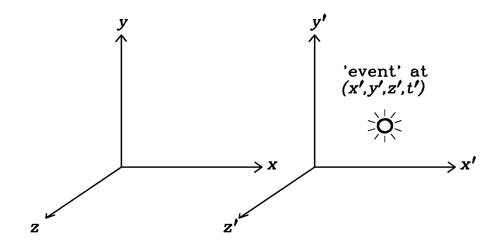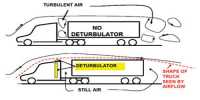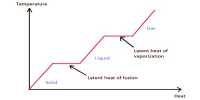Lorentz’s Transformation
On application of the transformation laws, the electromagnetic equations remain covariant from one frame of reference to another frame of reference. This law is known as Lorentz’s transformation law. The Lorentz transform is the only coordinate transform consistent with both relativity (equivalence of inertial frames) and the existence of some still-unspecified invariant speed (for example, the speed of light, or even ∞).
Lorentz’s transformation law is based on the following two postulates.
Postulate 1: The laws of physics remain covariant in all internal frame of reference provided they are in rectilinear uniform motion relative to one another.
Postulate 2: The velocity of light always remains constant. It is not changed if it is taken from one frame of reference to another frame of reference.
The velocity of light is, c = 3 x 108 ms-1. This value does not depend on whether the observer is at rest or in motion.















